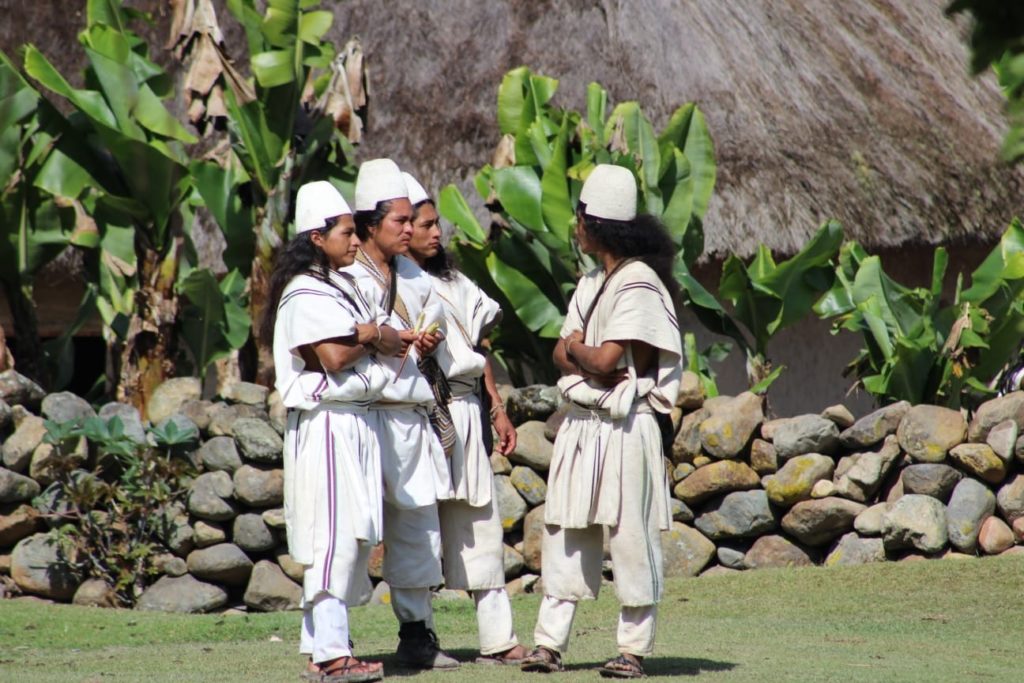
Colombia, a country known for its rich cultural tapestry and breathtaking landscapes, is also a place of remarkable linguistic diversity. Beyond its official language, Spanish, Colombia is home to a multitude of indigenous languages and Creole languages, each with its unique history and significance. Let’s delve into the linguistic mosaic that makes up Colombia.
Spanish: The Official Language
Spanish, brought by European colonizers during the 16th century, is the official language of Colombia and serves as the primary means of communication for the majority of its population. However, Colombian Spanish features a distinctive regional accent and vocabulary, influenced by the country’s diverse geography and the coexistence of various linguistic traditions.
Indigenous Languages: A Cultural Treasure
Colombia is one of the most linguistically diverse countries in the world, with over 65 distinct indigenous languages belonging to different linguistic families. These languages are spoken by indigenous communities across the country, from the Amazon rainforest to the Andean highlands.

One of the most widely spoken indigenous languages is Quechua, an Andean language known for its historical significance in the Inca Empire. Other prominent indigenous languages include Wayuu, spoken by the Wayuu people in La Guajira, and Nasa Yuwe, the language of the Nasa people in Cauca. Each of these languages represents a unique cultural heritage and worldview, reflecting the deep connection between indigenous communities and their ancestral lands.
Creole Languages: A Legacy of Afro-Colombian History
The roots of Creole on San Andres are as diverse as the island’s people. Historically, the island served as a melting pot, drawing influences from Africa, England, Spain, and Indigenous communities. Enslaved Africans brought to the island during the colonial period made profound contributions to Creole, infusing it with the rhythms and melodies of their homeland.

Creole is more than just a language; it’s a reflection of identity and heritage. It embodies the spirit of the people who call San Andres home. For generations, Creole has been passed down orally, from grandparents to grandchildren, preserving the island’s unique cultural and linguistic tapestry.
Language Preservation Efforts
Today, many of Colombia’s indigenous and Creole languages are facing the threat of extinction due to cultural assimilation, globalization, and economic pressures. Efforts are underway to preserve and revitalize these languages, recognizing their intrinsic value to Colombia’s cultural heritage.
In recent years, the Colombian government has taken steps to protect indigenous languages, including the development of bilingual education programs and the establishment of the National Center for Indigenous Languages. These initiatives aim to empower indigenous communities to pass down their linguistic and cultural heritage to future generations.
A Cultural Kaleidoscope
Colombia’s linguistic diversity is a reflection of its multicultural society. The coexistence of Spanish, indigenous languages, and Creole languages creates a cultural kaleidoscope that enriches the nation’s identity. It is therefore important that we preserve and celebrate linguistic diversity as an integral part of Colombia’s heritage.
See all the latest news from Colombia and the world at ColombiaOne.com. Contact our newsroom to report an update or send your story, photos and videos. Follow Colombia One on Google News, Facebook, Instagram, TikTok and subscribe here to our newsletter.


